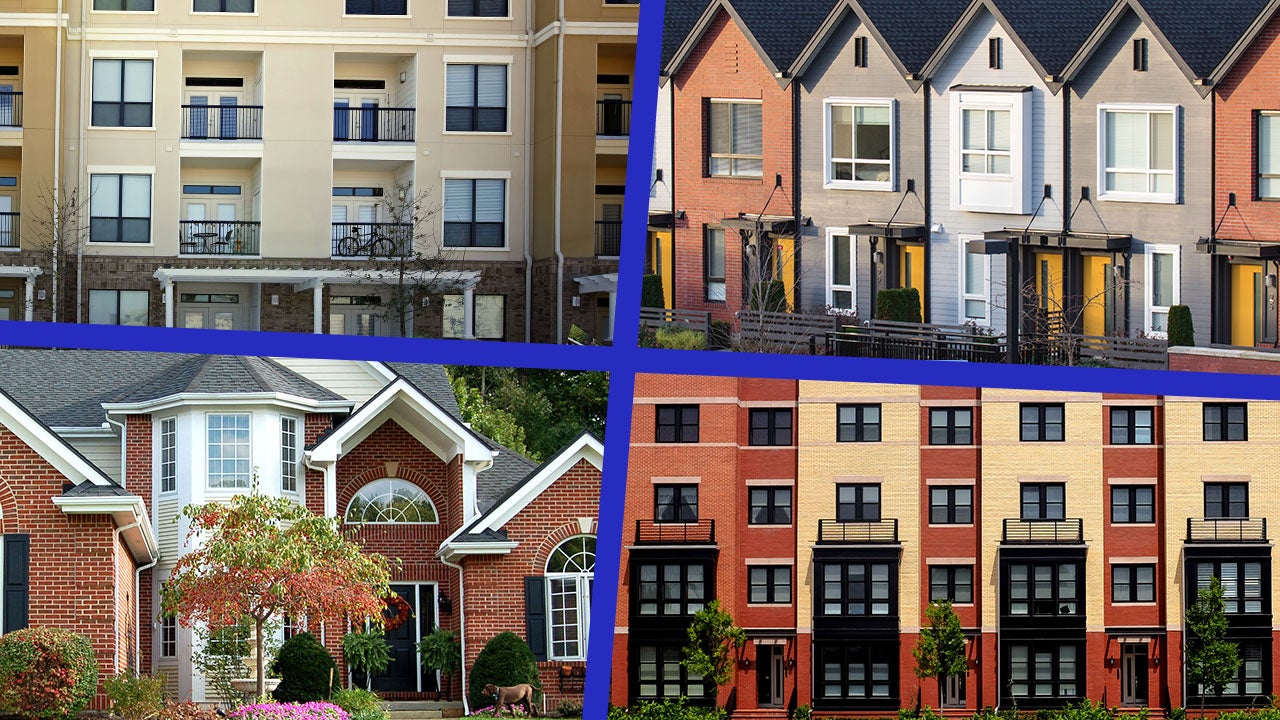Townhouse vs. Condo vs. Duplex

When you make the decision to buy a new home, and don’t have time or the ability to take care of maintenance for a large house and yard, you can always opt for a condominium, townhouse or duplex. But what is the difference in these types of homes? Read on to find out and find which is right for you!
Condominium (Condo)
-
- As defined by the Business Dictionary, a condominium is a “Single, individually-owned housing unit in a multi-unit building.” In some cases, a condo is in a co-op, which is much different than owning a single unit.
-
- Architecture of the buildings varies, but the exteriors and common areas are owned by the Homeowners Association (HOA).
-
- Most condo HOA’s offer community perks, such as a pool, community center, playground, tennis courts, or workout gym. Landscaping is taken care of, and many condo complexes offer gated security.
-
- Homeowners insurance premiums are normally lower, as the owners only insure the unit’s interior.
-
- Perks come with a fee, and that will vary from HOA to HOA. House hunters are given this information up front so they can be sure they can handle the added fees in their budget.
Townhouse
-
- “Two or three storied single-family housing unit, often connected other such units via party walls.” --Business Dictionary
-
- Unlike condos, townhouse buyers own the exterior of the unit as well as the interior.
-
- Architecturally-speaking, the exterior of townhouses in a neighborhood are generally the same style.
-
- Owning the exterior of a townhouse means you have control of its appearance. While those communities that have an HOA means you may be limited to certain paint colors, etc., owners otherwise have free rein for upgrades.
-
- Not every townhouse community is part of an HOA, but either way, the owner is responsible for the upkeep of the landscaping. Some non-HOA neighborhoods still have a few perks, but upkeep for these amenities isn’t a given.
Duplex
-
- Moneycrashers.com defines a duplex as “...a house or building with separate entrances for two families. The units can either be on separate floors (i.e. two-story house) or side by side.”
-
- Purchasing a duplex usually means you will be purchasing both units--one whole building, though you will find some municipalities that allow half-unit sales. The owner is solely responsible for upkeep of interior, exterior and landscaping.
-
- For ‘sandwich’ families, a duplex meets important needs: aging parents can live close by their families but have the privacy of their own home.
-
- Perfect for someone who is interested in a starter investment, renting out the other unit will help with the mortgage, taxes and utilities if the unit shares those meters.
Multi-unit housing is a great choice and many times, the final decision boils down to location and how much a part of the community you care to be involved in, as well as your budget. Do your research carefully and talk to your REALTOR®, so you can make the best decision about whether you go with multi-unit housing, or a single-family home.
Courtesy of Chester County PA Realtor Scott Darling.
Photo credit: bankrate





